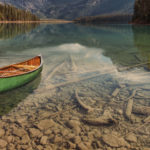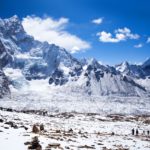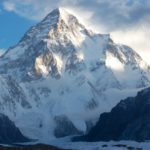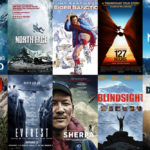Is the plight of the Sherpa set to change with the release of Jennifer Peedom’s BAFTA-nominated and exhilarating new Sherpa film?
Let’s be clear about this: I have neither the skills nor the money to climb Everest. I’ve spoken several times about my long-running ambition to climb the seven summits, but I’m not so naïve that I can’t see it may forever remain a distant dream.
Naturally, this doesn’t stop me dreaming and I expect the allure of standing on top of the world will never really dissipate. However, after watching BAFTA-nominated documentary Sherpa, I am considering whether foreigners should be on the mountain at all.
Sherpa charts the Everest story from a perspective rarely seen and subtly asks the question: is continued foreign obsession with Everest bad for Nepal, Khumbu and the Sherpas?
It’s clear that most foreigners could not summit Everest without the help of Sherpas: it is their land, their mountain and their expertise. A Sherpa crosses the Khumbu Icefall – the most dangerous part of the mountain – up to 30 times during an expedition. A client may cross it only twice.
Unfortunately, so much of the Sherpas’ story gets lost in grand productions like the 2015 survival-thriller, Everest.
This is set to change with the release of Sherpa.
The visually arresting film offers a candid view of Sherpa life: the challenges they face and their changing attitudes towards foreigners. Perhaps the most intriguing aspect is the shifting image of the Sherpa from the ever-smiling, subservient sidekick made famous by Tenzing Norgay to the younger, connected generation of Sherpas among whom there is an undercurrent of resentment.
This growing discontent came to a head in 2013 when a brawl broke out on the mountain between foreign climbers and disgruntled Sherpas.
The fraught exchange is a harbinger of further unrest. By chance, director Jennifer Peedom and her team were making their film during Everest’s (then) darkest day, 18th April 2014, when 16 Sherpas were killed in an avalanche over the Khumbu icefall.
The ensuing tension erupts when the foreign clients in the film expect the underpaid Sherpas to continue climbing after the death of so many of their colleagues, friends and loved ones.
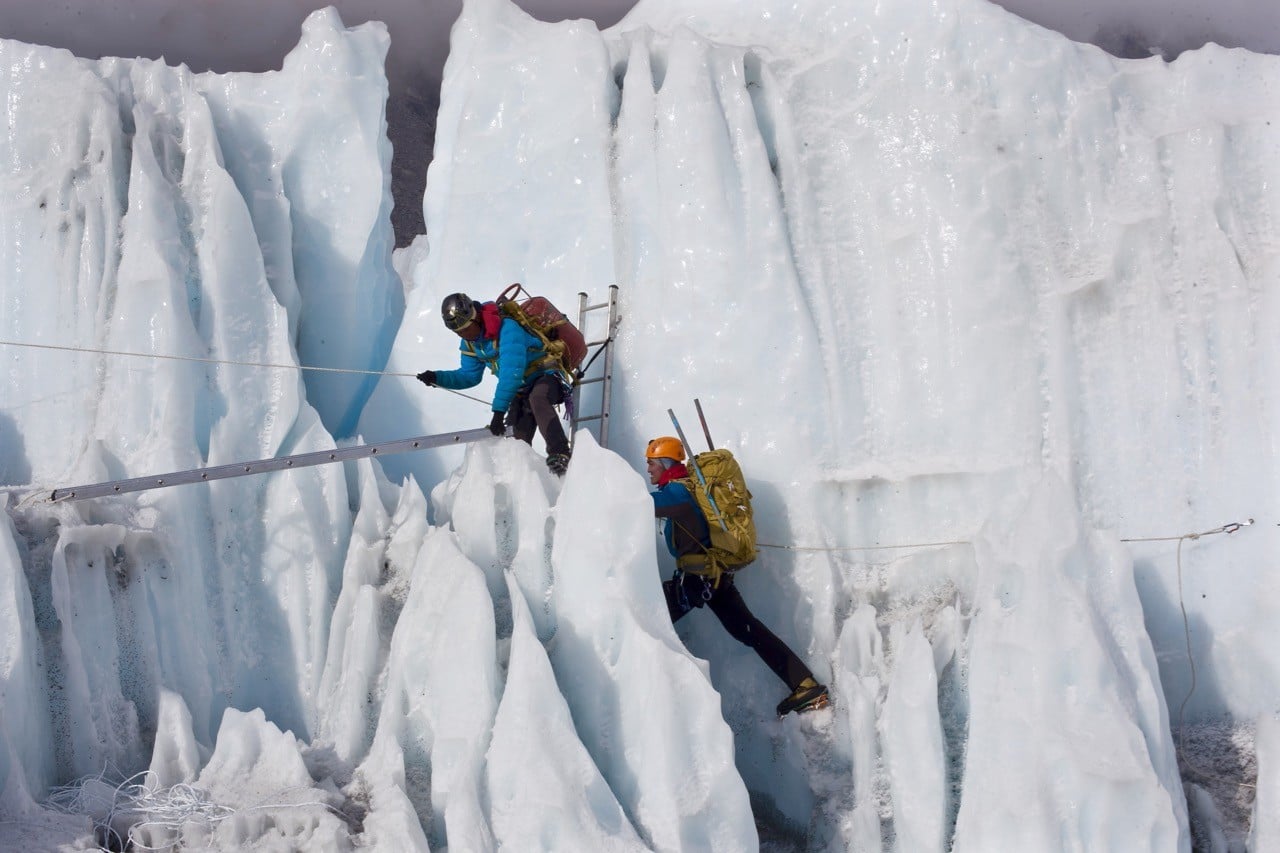
What struck me was the attitude of some clients. At one point, a would-be climber who can’t comprehend why the Sherpas don’t want to continue crossing the deadly icefall asks his expedition leader: “can you not talk to their owners?”
Later in the film, he goes so far as to compare the striking Sherpas to terrorists.
The question on my mind is: are we essentially forcing Sherpas to risk their lives?
On one hand, it’s clear that the tourism industry provides impetus for Sherpas to risk their lives on a mountain they believe should be treated with reverence. On the other hand, calling for the mountain to close is maddeningly paternalistic. It implies the Sherpa people cannot think for themselves, that they are only mindless mules unthinkingly following orders.
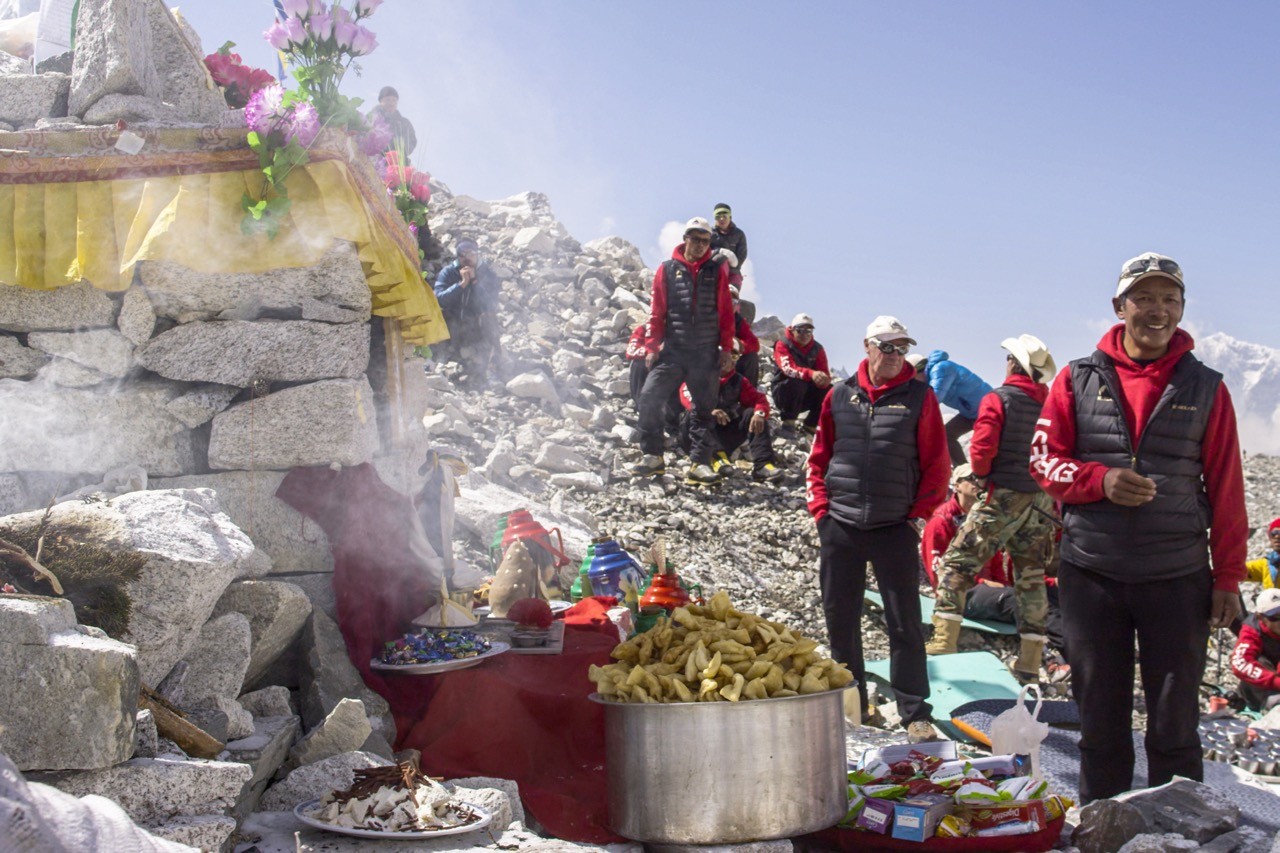
The Sherpas in Peedom’s film want better pay and safer conditions, not to have their income cut out from beneath them. The answer then lies with the Nepalese government and the Sherpas themselves. Taking what is essentially industrial action is the most powerful tool at the hands of Sherpas and it’s heartening to see them take control of the mountain.
I can’t deny it: I still want to stand on top of the world but I can only do so with the Sherpas’ permission. It is their land, their mountain and their expertise. If I ever have the skills or the money to climb Everest, it will be the Sherpas who decide if I do.
Enjoyed this post? pin it for later…
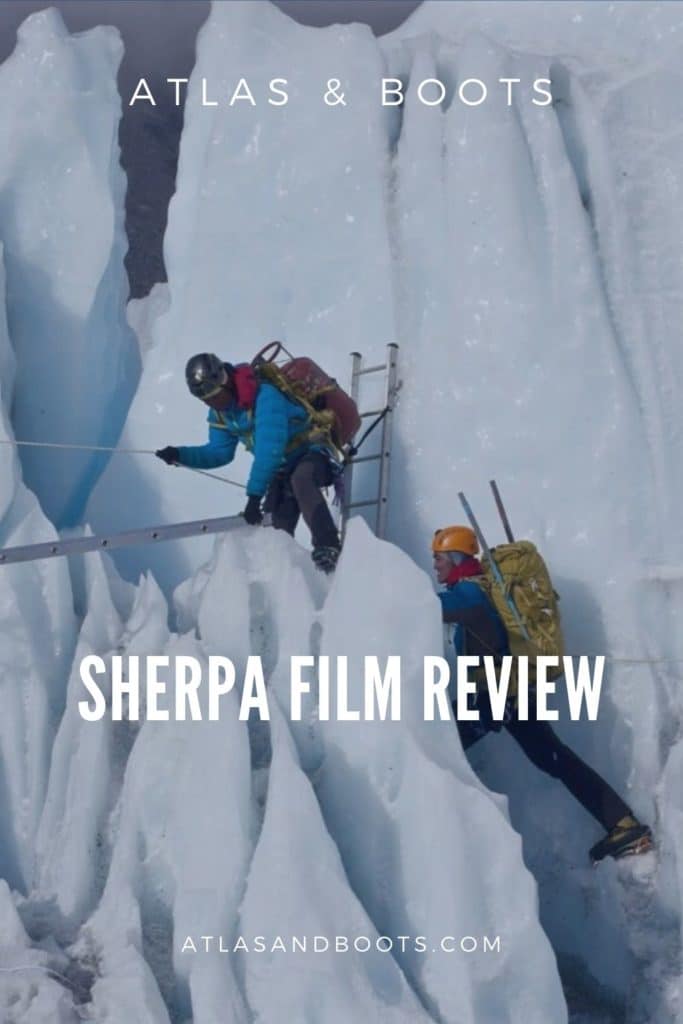
Into Thin Air: A Personal Account of the Mt. Everest Disaster is the true story of a 24-hour period on Everest which started with a storm and ended with the worst single-season death toll in the peak’s history.
